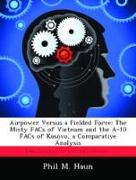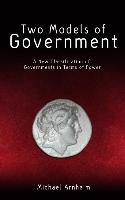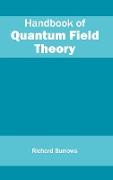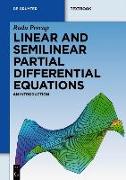Airpower Versus a Fielded Force: The Misty Facs of Vietnam and the A-10 Facs of Kosovo, a Comparative Analysis
BücherAngebote / Angebote:
Since World War II, the U.S. has been involved in several limited conflicts, against smaller, far less militarily capable opponents. Unlimited war with the Soviet Union, for which the USAF prepared over 40 years, never materialized. Instead, U.S. airpower has generally been directed against underdeveloped, authoritarian states. Such regimes tend to rely upon their armies as their primary source of power. Yet the USAF, born out of the aerial combat experience of World War II, has firmly held to airpower as the means of bypassing military forces and striking directly at the vital center of the enemy. Thus, American airmen are predisposed to discounting the effectiveness of air attack against fielded forces. The realities of modern conflict, however, have dictated the need for direct attack on armies. Tactics have been improvised by airmen with little previous training or doctrine in order to use the equipment at hand to get the job done. This study examines two such groups of airmen the Misty FACs of Vietnam from 1967-70 and the A-10 FACs over Kosovo in 1999. A comparison of the Misty and A-10 FAC missions clearly demonstrates a failure of the USAF to develop a full range of suitable tactics for the direct attack of enemy fielded forces. Although the quantum leaps in weapons delivery accuracy from Vietnam to Kosovo now make it possible to destroy armor and artillery from the air, there has not been a corresponding improvement in target identification. Until the USAF prioritizes the direct attack of ground forces and target identification, its ability to effectively attack fielded forces will remain limited. Drawing from the lessons of the Misty and A-10 FACs, the recommendations presented here focus on equipment, tactics and training, and doctrine.
Folgt in ca. 15 Arbeitstagen





